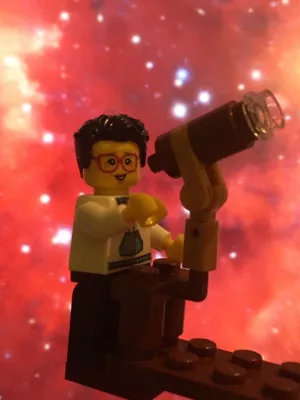
Henrik Hartman
Researcher (Leave of Absence)

[Ti II] and [Ni II] emission from the strontium filament of eta Carinae
Author
Summary, in English
Department/s
- Lund Observatory - Undergoing reorganization
Publishing year
2006
Language
English
Pages
1991-2003
Publication/Series
Monthly Notices of the Royal Astronomical Society
Volume
370
Issue
4
Links
Document type
Journal article
Publisher
Oxford University Press
Topic
- Astronomy, Astrophysics and Cosmology
Keywords
- stars : abundances
- line : formation
- atomic data
- atomic processes
Status
Published
ISBN/ISSN/Other
- ISSN: 1365-2966

